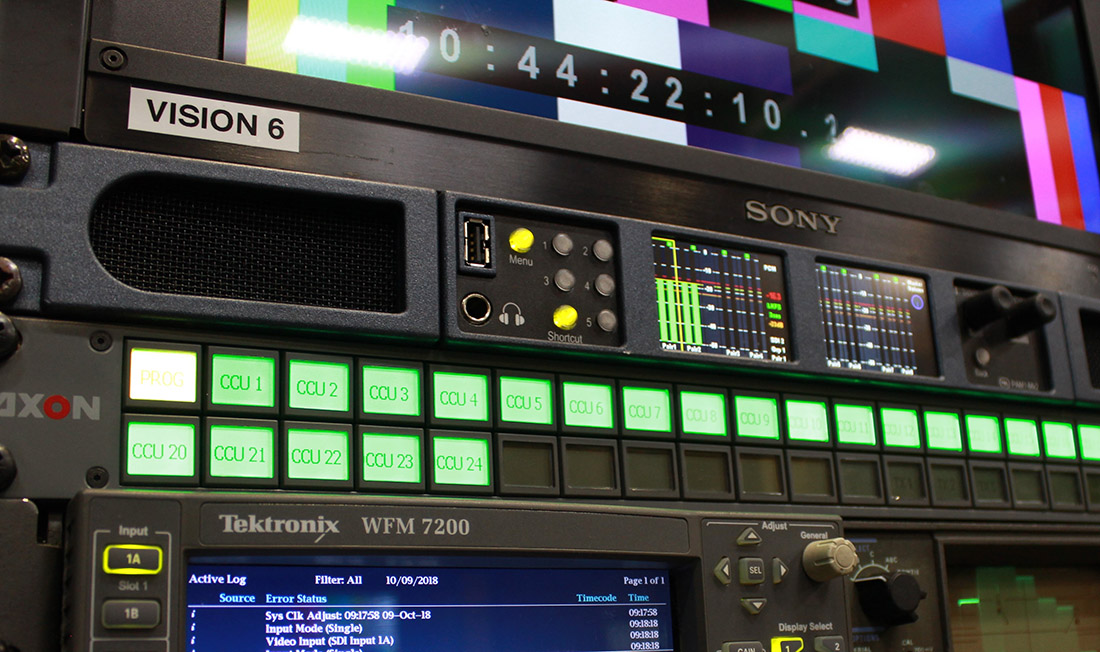BROADCAST AUDIO MONITORING AND THE NEED FOR INTEROPERABILITY
Audio monitoring has been a staple in broadcast sound operations since the earliest days of television and radio. Once basic metering solutions with integrated loudspeakers, modern audio monitoring units (AMU) have developed into fully networkable, controllable devices that host a range of features and functionalities.
The purpose of an AMU is to monitor audio signals and make sure that the systems through which these signals pass are all functioning adequately. AMUs allow required signals to be isolated, whether on headphones or loudspeakers, for identification and subjective assessment throughout a broadcast.
Measuring an audio signal is a critical element of the audio monitoring process. At any time, audio level measurement can be carried out using a simple moving coil meter design based on mechanical-electrical technology. Primal audio level metering solutions have evolved alongside technical advancements over the years. Today’s systems feature graphical displays, such as LEDs and tough screen bar metering. Although basic audio level measurements still play a part in modern AMUs, loudness monitoring is now the primary parameter being measured.
Additionally, throughout the evolution of AMUs, the capability for remote control, especially using third-party protocols, was never in the forefront. Traditional AMUs have been controlled by operators on-site, often to recall presets. However, this manual approach is now being challenged due to the emergence of IP as well as the current need for remote control of broadcasts due to the COVID-19 pandemic.


